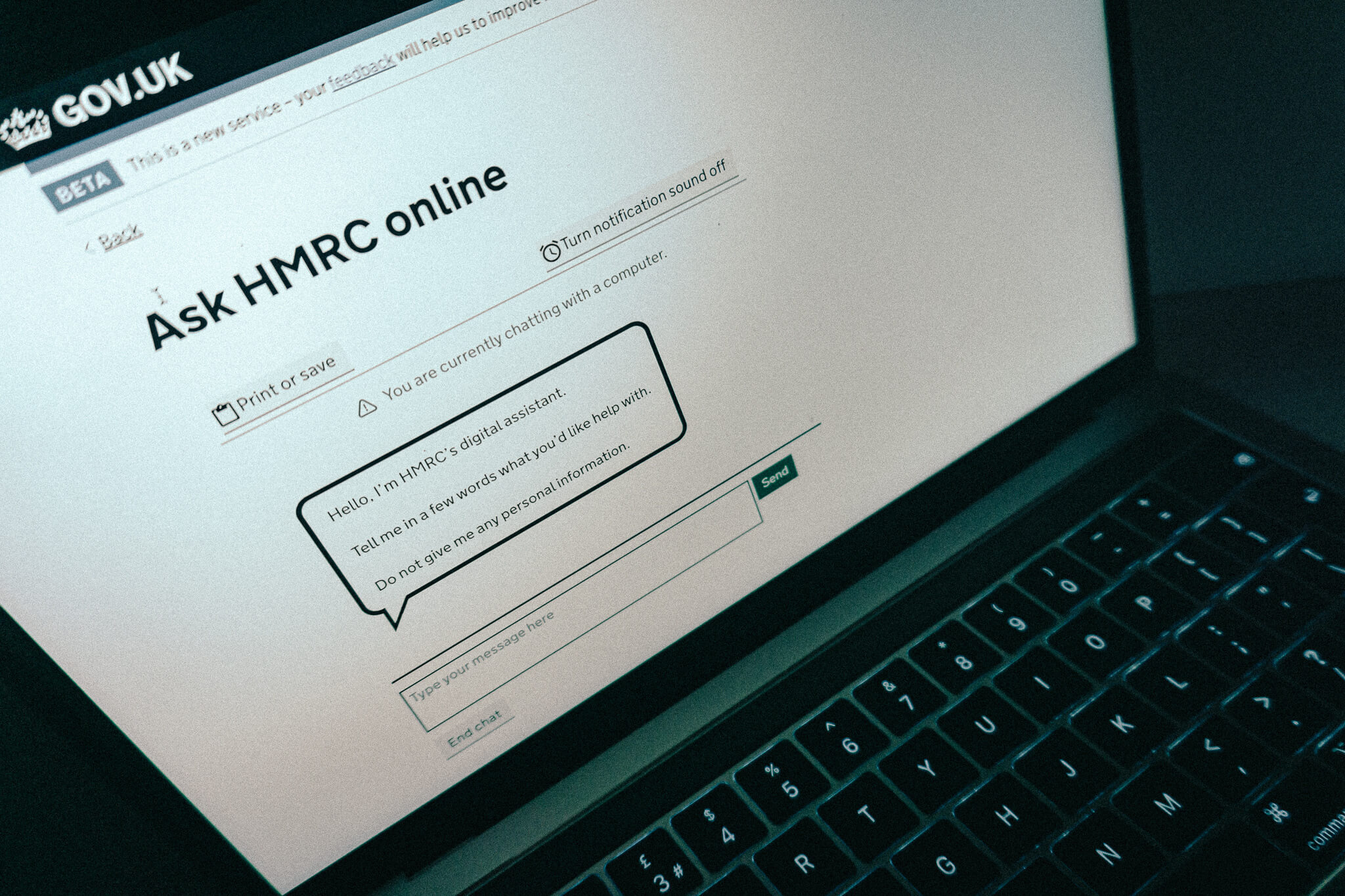Baseline requirements include running at least one central cloud platform, connecting digital strategies to wider organisational plans, and showing that all staff are able to undertake tech and data training
Guidelines have set out how departments must meet a minimum standard of continuous improvement in their digital services and operations.
The Continuous improvement assessment framework sets out how government organisations can self-assess their services, processes, people and structures to ensure they are meeting a minimum standard of ‘good’. This target was enshrined in the three-year Transforming for a Digital Future cross-government strategy published last year by the Central Digital and Data Office.
The minimum standards set out in the various areas covered by the document include running at least one central cloud platform, connecting digital strategies to wider organisational plans, and showing that all staff are able to undertake tech and data training.
The continuous improvement guidance – also published by the CDDO – covers four ‘themes’, within which are a cumulative total of seven ‘practice areas’. For each of these, necessary achievements are set out in order for the area to meet the baseline good standard – as well as the higher levels of ‘better’ and ‘best’. Areas that fail to meet the minimum threshold – or those that are still in their very early stages of work – will be considered ‘developing’. The document is designed to complement and be used in conjunction with the Digital Functional Standard.
“This assessment framework is designed for people undertaking assessments of their organisations and for people taking organisational improvement actions as a result of the completed assessment,” the introduction says.
The first of the four themes, governance of digital, data and technology, contains four individual practice areas departments should assess: governance and strategy; assurance; capability; and product-centric organisational structures and agile ways of working.
For a DDaT strategy to be classed as good, it must show consideration of the three-year government roadmap, as well as the organisation’s wider overall strategy. Senior leaders must also be “involved in setting the organisation’s digital strategy and priorities, and are regularly updated on its progress”.
To meet the top-level best standard, a department’s digital plans will need to be “integrated as a primary mission in the organisation’s wider strategy”, while senior managers should “consistently demonstrate a deep understanding of the digital strategy and its priorities, and [be] actively engaged in promoting the strategy internally and externally”.
The baseline requirement for a digital assurance function is that it is up and running and “maintains a pipeline of current and future delivery and procurement of digital products and services.” The best such functions, meanwhile, will show an ability to “improve and innovate processes to improve impact and reduce administrative burden on delivery teams and actively support the cross-government assurance community by sharing best practice across government”.
Related content
- Government DDaT function adds 4,000 people in past year
- Senior exec sought to lead government digital and data strategy
- Government CTO interview: ‘Technologists have a duty to explain tech – and have not always done a great job’
One of the differences between a good and a best rating on capability is showing that all staff “are able to undertake digital training” – compared with showing that they have actually done so.
To make the grade for product-centric practices, agencies must be able to show “a number of digital service delivery teams in the organisation [that] are multi-disciplinary… [and] actively collaborating in the analysis, design, development and testing of solutions”. The best departments will have reached a place where all digital teams operate in this way.
The three other core themes of the framework – services, technology, and data – all consider one single practice area each.
To achieve the baseline standard in ‘service management and accessibility’, organisations need to at least have set out an accessibility statement for their services. The best organisations must “ensure that the accessibility of digital services are maintained and iterated on a monthly basis”.
In the practice of technology roles, governance and management, the minimum acceptable standard sets out a range of metrics, including that agencies “procure and manage a single cloud platform centrally… ensure technology is made available to share and reuse across government organisations and function… [and] have a documented view of all legacy technology in their estate, including red-rated legacy, and have a fully funded remediation plan in place”.
To get top marks in this areas, meanwhile, a departments will need to show that they “continually improve at least two cloud platforms centrally as products… publish the majority of their code openly and publicly… [and] continually assess and effectively manage their technology to prevent it from becoming outdated or obsolete”.
A good standard in the framework’s final area of data can be achieved by organisations that have performed a data maturity assessment and can demonstrate their ability to “make use of cross-government data guidance and frameworks”. Department must also show that they “are moving towards a whole enterprise approach to data sharing, starting with essential shared data assets”.
The highest standards in this area are reserved for organisations that “routinely use data maturity assessments to identify and mitigate strategic risk arising from low data maturity, and maintain higher maturity where required to deliver business objectives”.
“This assessment framework applies to the planning, delivery, and management of digital focused activities within government organisations,” says the document’s introduction.” It applies to government departments and arm’s-length bodies. This framework is a tool for continuous improvement, providing organisations with a practical approach to assess their maturity and identify areas of support in setting up appropriately to deliver digital transformation.”




